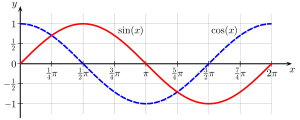Hyperbolic Sine Function Calculator

What is a Hyperbolic Sine Function Calculator?
A Hyperbolic Sine (sinh) function calculator computes the sinh(x) of a given input x. The hyperbolic sine is defined using the following formula:

where e is the base of the natural logarithm (approximately 2.71828), and x is a real number input.
Why Use a Hyperbolic Sine Function Calculator?
- Mathematics & Calculus – Hyperbolic functions appear in solving certain differential equations, like those in hyperbolic geometry.
- Physics – Used in the study of special relativity, wave equations, and certain types of oscillations.
- Engineering – Applied in systems that involve exponential growth or decay.
- Computer Science – In some algorithms, particularly in areas like signal processing or computational fluid dynamics.
How Does It Work?
The calculator follows these steps:
- Take the input x (a real number or angle).
- Compute e^x and e^(-x) (raise e to the power of x and its negative).
- Apply the formula: sinh(x) = (e^x - e^(-x)) / 2.
- Display the result.
Example:
If x = 1,
- sinh(1) = (e^1 - e^(-1)) / 2 ≈ 1.1752
If x = 0,
- sinh(0) = (e^0 - e^0) / 2 = 0
When Do You Need a Hyperbolic Sine Function Calculator?
- In solving certain physics problems involving motion, waves, or thermodynamics.
- When working with hyperbolic geometry or the equations that describe the geometry of spacetime in relativity.
- For analyzing circuits with components that behave exponentially.
- In differential equations where solutions involve hyperbolic functions.